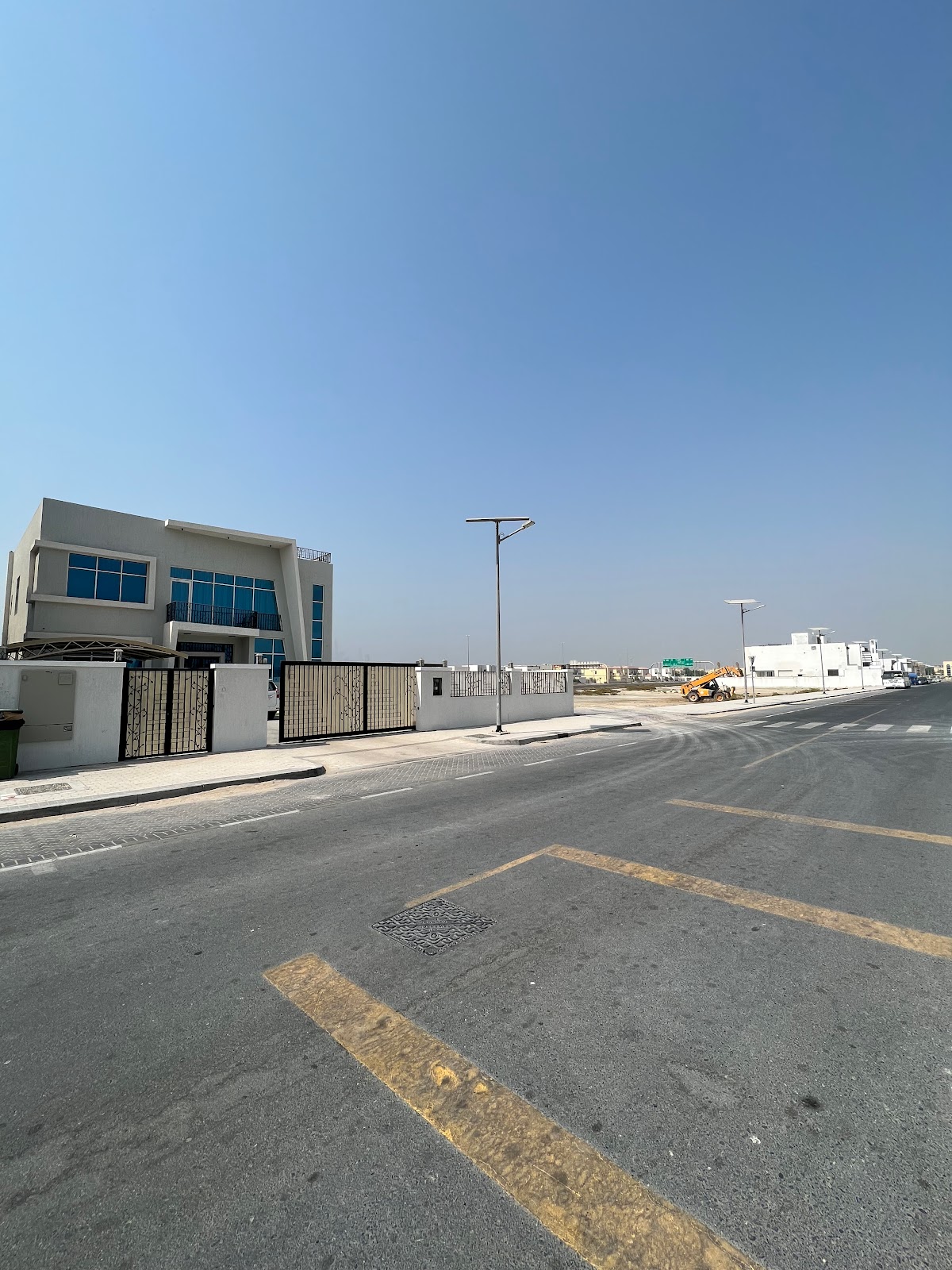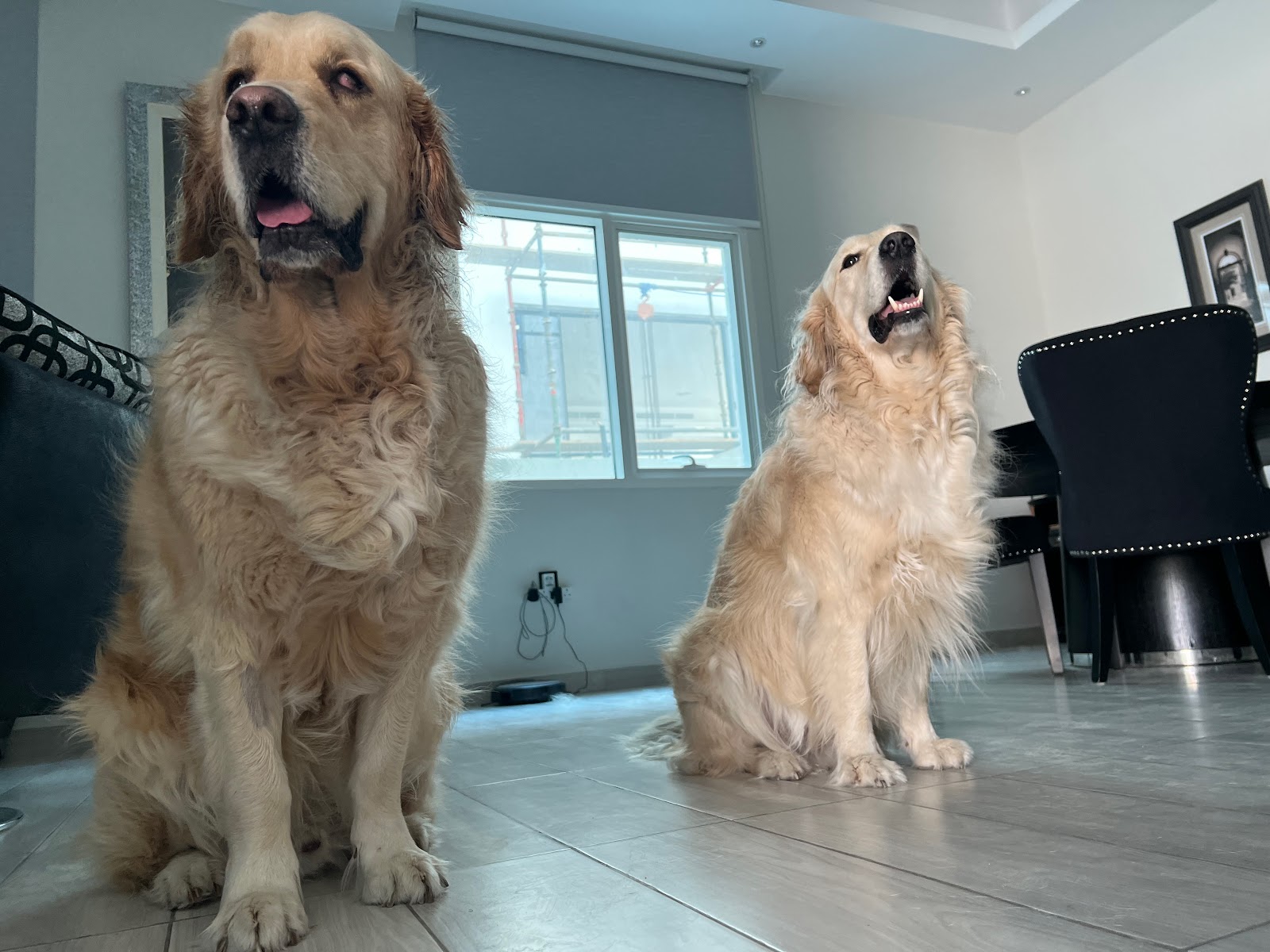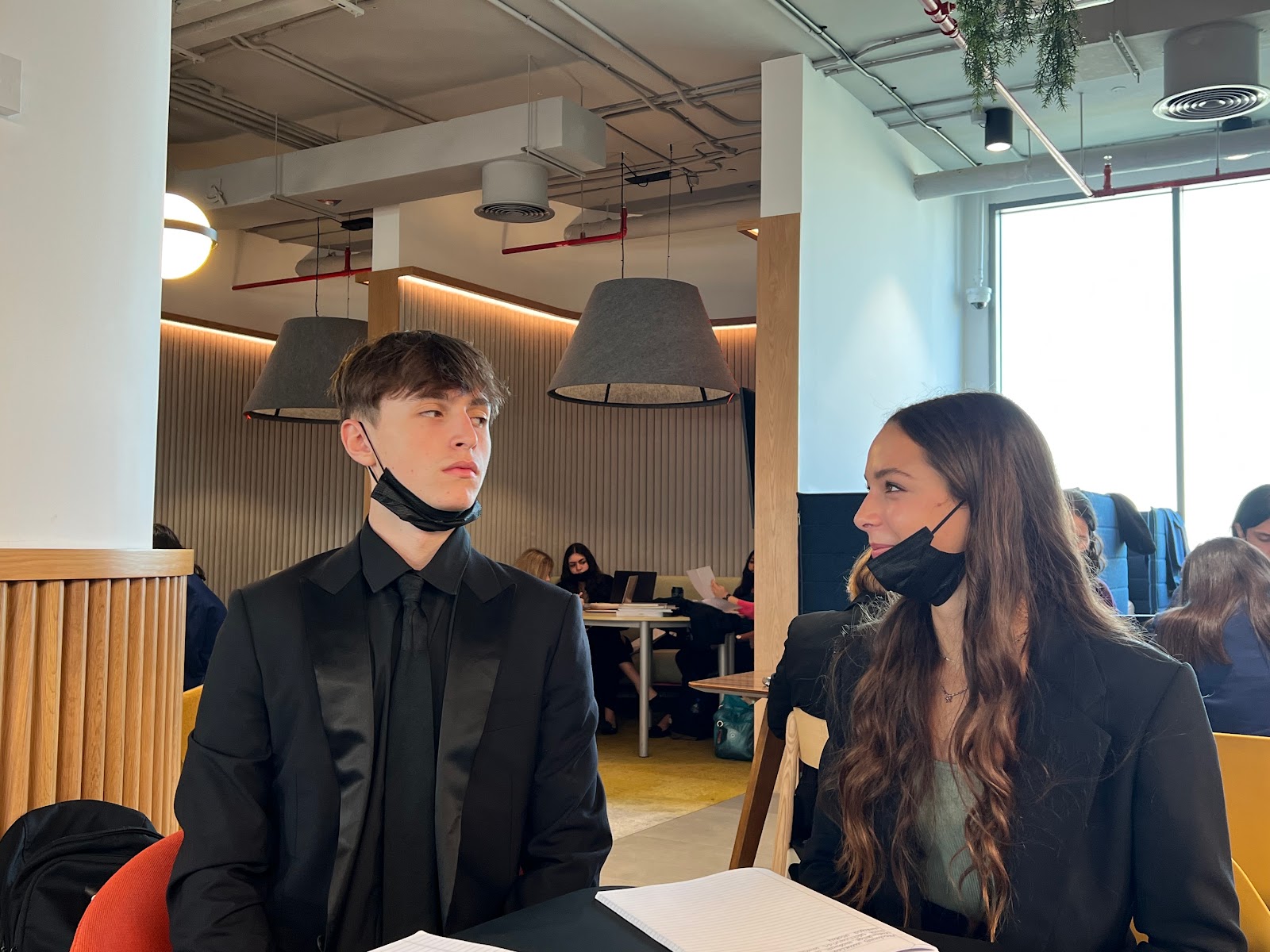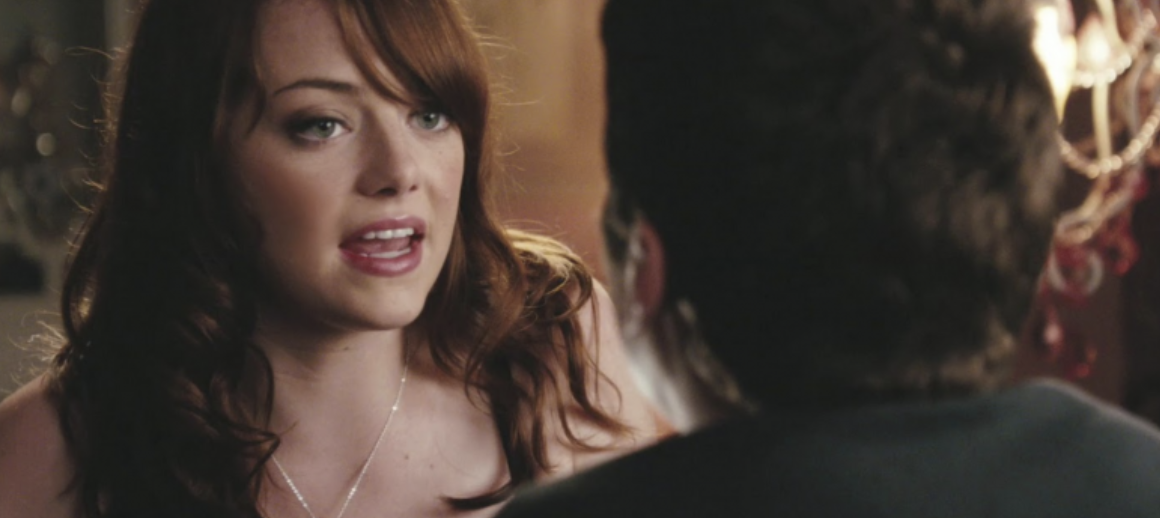Prelim 1: Types of shots
1. Establishing shot
2. This shot sets the surrounding area where the house is located and generates an overview of the current scene and the road that runs in front of it.
3. This shot represents the tone of the scene for the audience for them to better comprehend the location and adapt their mood to the current scenario. Additionally, it represents the weather as a clear blue sky to support the current tone and mood.
Medium close-up angle.
The medium close-up shot allows you to retain the actor's facial expressions and emotions, at the same time showcasing the background.
The medium close-up shot invokes a sense of connection between the character and the audience. This shot could also be used to emphasize to the audience at a possible object the character is staring at.
A close-up shot is used to clearly show the character's prominent facial features besides also portraying their emotions and reactions. This shot also helps to represent their significance or dominance.
The effect of the close-up shot on the audience is that it helps them resonate with the character so they can better understand the emotions they are going through and feel connected with the character.
High angle shot, high angle.
The high-angle shot is used mainly to highlight vulnerabilities or weaknesses in a character so that the focus shifted to the character which builds-up anticipation of what will happen next.
The high shot helps the audience understand that the character is in a low-status position which is influenced by their surroundings or other characters. This shot also evokes sympathy in the audience for the character.
Low angle
This angle positions the camera at a low angle to portray the character as dominant as it makes them appear larger and taller.
This type of shot allows the audience to view the character as being dominant and powerful. This lays emphasis on the physical aspect of the character and their appearance.
Low angle
This angle postions the camera at a low angle to portray the character as dominant as it makes them appear larger and taller.
This type of shot allows the audience to view the character as being dominant and powerful. This lays emphasis on the physcial aspect of the character and their appearance.
Medium Shot, medium angle
The medium shot represents both the character as well as the surrounding area to showcase the mood of the character and the tone of the area. Furthermore, the medium shot shows only half the character usually up to the waist. The medium shot is often used to analyze visuals that are casual and comedic.
This shot helps the audience comprehend the body language of the characters, along with the actions they perform and the costumes they wear.
Two shot angle.
The two-shot angle is generally used to show two characters in one frame but not necessarily facing each other and can be side by side. This shot also shows the relationship between them.
This shot portrays to the audience the friendship between two characters and can show the exchange of emotions between them.
Over-the-shoulder angle
This shot is where the camera is placed above the back of the shoulder, it is used to show 2 characters interacting with each other and portrays the relationship between them.
This shot lets the audience witness the facial expression of both characters simultaneously and helps them understand the relationship between the two characters.
Long shot angle.
The long shot allows the entire scene to be filmed in one take without being cut or combined with any other scene. This shot is used to show how the character interacts with the environment.
This kind of shot engages the audience as it is lengthy and sets a new scenario.





















Comments
Post a Comment